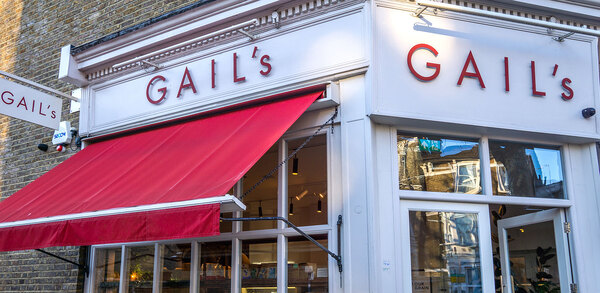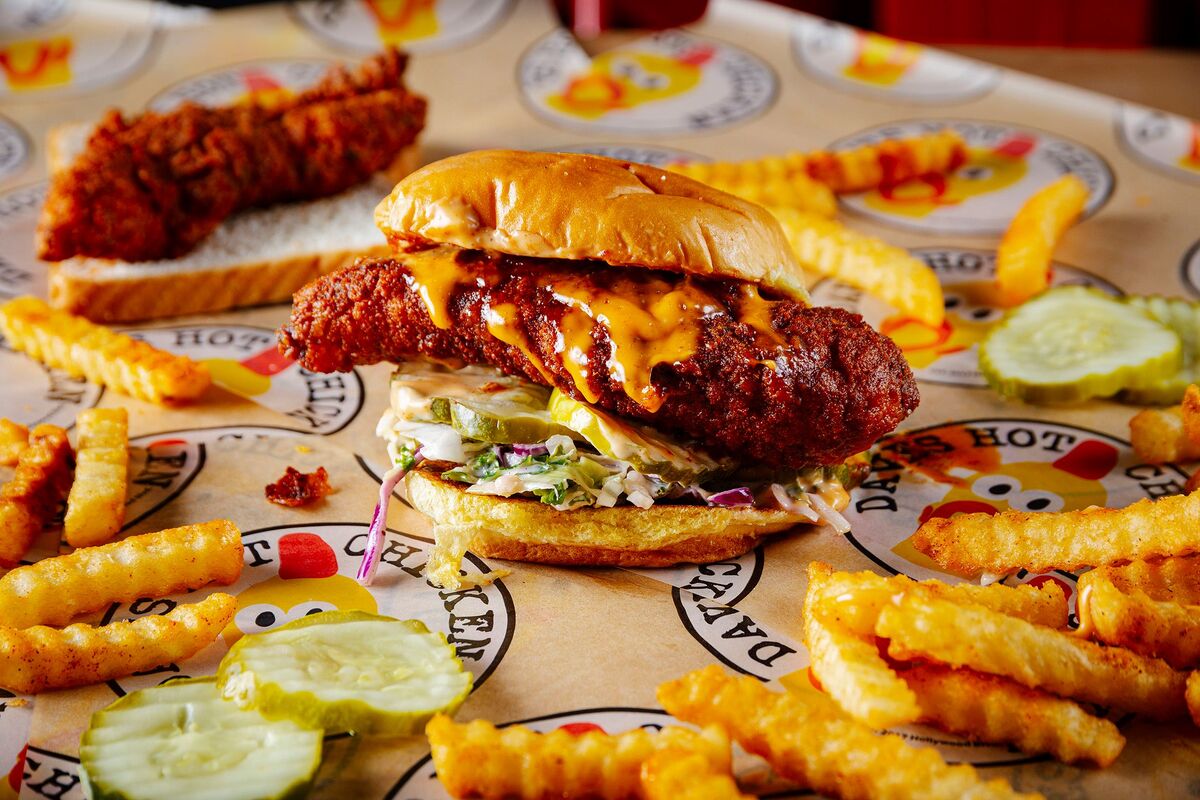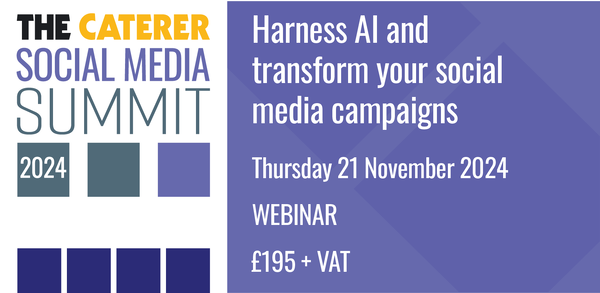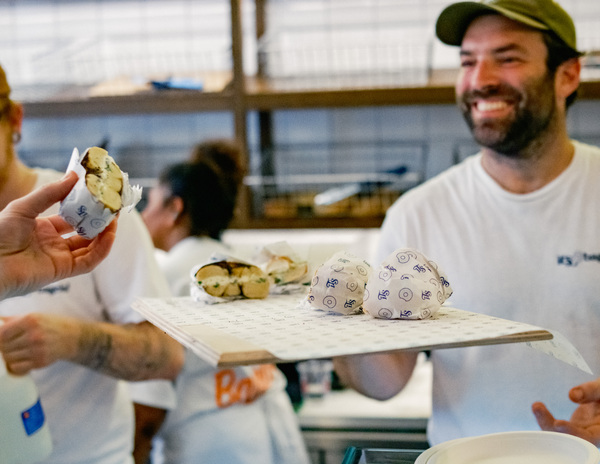How to nail your social media during social distancing
With the nation only able to engage with your brand online for now, there’s no better time to level up your social media presence. Last week The Caterer and social media experts Will Francis and Shahla Asif revealed a range of tips and tricks via webinar. Katherine Price reports
It may not have been the event that was anticipated, but following government advice to the British public to stay at home, The Caterer’s Social Media Summit on 26 March rather appropriately went online to offer operators marketing trends, tips and advice to upgrade their social output.
More than 100 hospitality marketing professionals dialled into the webinar, which saw social media expert Will Francis take attendees through topics including online advertising and becoming an audience-first content brand, while Shahla Asif of digital and branding agency Creative Unblock presented on crisis communications.
###Meet the speakers
Will Francis
Will Francis is a digital and social media expert who has worked with brands including Net-a-Porter, Penguin Books, Marriott International, British Airways, Warner Bros and Samsung.

Shahla Asif
Shahla Asif has more than 17 years’ experience in marketing, branding and digital communications. She is the director of digital agency Creative Unblock, which has an international client base that includes brands such as Armani, Apple, Harrods, McDonald’s, the NHS and Walmart.

###Hot trends for 2020 and beyond
Will Francis’ top tip is to focus on the platforms that suit your brand – are you a conversational brand that might sit best on Twitter, or a visual brand that would do well on Instagram?
“I speak to so many clients that are in too many places and have spread themselves too thin. Focus on the least amount of platforms and focus on being excellent,” he says, pointing out that the algorithms won’t reward you for simply being present everywhere.
With that in mind, the top trends for 2020 are:
- Social commerce We can already connect to our booking systems through Instagram, and Francis says we will increasingly see the number of clicks between a social media platform and committing to buying something decrease, making it even easier for consumers.
- TikTok The video platform is moving past the novelty phase and into brands deriving real value from it, particularly those that have licence to have more fun with their social content.
- User-generated content People can now take excellent photos on their smartphones, and some brands’ accounts are made up of content submitted by users. Harness the people that are most into your brand and use them, says Francis.
- Augmented reality lenses Anyone can create a lens they and others can overlay onto their own stories, such as Starbucks’ ‘Which drink are you?’ Look into Spark AR Studio – it’s accessible and low budget.
- Chatbots A way to field questions and automate responses.
- Live video People have only recently started tuning into Instagram Live. The algorithms on all the platforms favour live video and will reward you, not just because not many people are doing it, but because it generates a lot of engagement.
- Ephemeral content Story content like Instagram Stories, Facebook Stories and Snapchat are not just the preserve of early adopters any more – the broader audience is happy to engage with them and use them.
- Customer service This has ‘officially’ defaulted to social media.
- WeChat To get an idea of the future of social media, look to WeChat. Could Facebook become the next WeChat?
###Becoming an audience-first content brand
“The way you start a relationship is by providing value,” says Francis, “you don’t start by telling people what to do and what you need from them.”
He emphasises that brands need to start thinking about their audiences and what their needs are first and to offer value – “your only job is to be useful or entertaining”. He gives the example of Michelin being the original content marketer – it was useful, provided value and asked for nothing in return.
The way you start a relationship is by providing value. You don’t start by telling people what to do and what you need from them
When posting to social media he urges operators to consider whether the content they are putting out is of real value, or are you just filling a social content calendar? Algorithms will not reward the latter, particularly if it’s purely promotional.
In fact, there is only a small overlap between what you want to say as a brand and the information people are looking for. The vast majority of what operators want to say doesn’t fall into the latter category, and when people are bombarded with an average of 300 pieces of marketing every day, they’ve become very adept at ignoring them. Brands need to find that sweet spot in the overlap.
###From best to worst: how to beat the algorithms
Francis points out that there are plenty of so-called top tips for ‘beating’ social media platform algorithms – but you can follow them all and still fail if you don’t have quality content. You can’t beat a good idea that is well-executed and tailored to your audience’s needs.
- Tuesday – the best day to post on Instagram
- Friday – the best day to post on Twitter
- Five words – the most popular length of a Facebook ad headline
- One minute – the most engaging length of a Facebook video
- 2,300 words – the most successful length for blog posts
- Tuesday to Thursday – the best days to post on LinkedIn
- Saturday – the worst day to post anything, anywhere
- 26 seconds – the best length of Instagram or IGTV video
- Thursday – the best day to post on Facebook
- Successful habits – the most shareable topic on LinkedIn
- Blue – the most-liked dominant colour on Instagram.

###How to make a connection with customers
Francis urges operators to identify their brand purpose by completing the sentence ‘we believe’: What do you believe the world should be? What do you believe your customers should have or have access to? What do you believe your industry should be? What are your core beliefs? The answers can’t be great standards or service, because everyone says that, says Francis, and how can you show you’re delivering on those commitments online?
“Lots of businesses can tell you what they do. Very few can say why they do it – beyond making money for their shareholders,” he adds.
Lots of businesses can tell you what they do. Very few can say why they do it
“What we’re seeing in today’s brand environment are brands that really stand for something very specific and we can actually see that being delivered – that’s the key thing to a purpose; it has to be something you can contribute to as a brand.
“People really respond to that – but only if the product’s good. If the purpose is there, not only does this mean your product is better, but that everyone working for you will be motivated to be part of your mission.”
Then you can think about your content strategy in terms of objectives, audience and what makes you unique. Whether those are business objectives (to increase sales) or marketing objectives (to reach new customers and retain existing ones), these need to be SMART: Specific, Measurable, Attainable, Relevant and Time-based. Put some parameters around them, write them down, share them among the team, and be specific.
As for understanding who your audience is, try and find your typical audience members and focus on that core group of people who love what you do. “If you start with your core people, it’s far more efficient than trying to talk to the mainstream,” he says.

###How to create great content, fast
Have some sort of editorial remit or a guide on what you’re going to talk about. Think about six topics within your business: maybe it’s food provenance, cooking skills, interior design or notable guests.
Don’t try and cover every aspect of what you do. Talk about the things that are of the most interest and lend themselves to what your business is. The goal is content that is ‘thumb-stopping’.
Top tips for creating imagery for social
- Wipe your lens
- Tap to focus
- Use a grid
- Keep it simple
- Use colour
- …or black and white
- Take loads of shots
- Use accessories
- Keep images uncluttered
- Don’t use Instagram filters
- Tell stories with your images – take photos that beg questions, where something is being done, or focus on part of a process
- Create for mobile
- Recommended apps for creating good video/imagery include: Lumen5, Biteable, Quik, VSCO, Anchor, iMovie, Hemingway, Combin or Kicksta and AdEspresso.

###Influencer marketing in the 2020s
“An influencer needs to be someone with a shared sense of value and passion. Don’t just go for someone because they’ve got loads of followers,” says Francis.
There are six main kinds of influencer campaign: the co-creation campaign, voucher campaign, the product review, influencer takeovers, influencers as models, and the unique brand experience. But how can you make those partnerships work for you?
Rather than sending an influencer something for free and hoping they post about it, why not make it a more personal experience? Personalise a menu for them and their friends, for instance – “otherwise they’re just getting some free stuff because they’re an influencer”, points out Francis.
And don’t just target food influencers because you’re in the food business – consider more niche influencers with very engaged followings, such as nano- and micro-influencers. Do you have a vegan menu that would appeal to vegan influencers? Or how about agricultural influencers if you’re farm to fork? Go into those niches, he says, because that is where you will find value.

###Take your social media ads to the next level
The cost per conversion is what matters and it’s the only number that will tell you if your effort is profitable or not, according to Francis, who encourages delegates to try lots of ad variants to see what works.
This includes using different images to promote your business, writing different types of copy with varying tone, and using these in various combinations. “You never really know what’s going to work or what will drive the reservations or the purchases,” he says. “My recommendation on everything is: try it. Spend £10.”
Pinterest? YouTube ads? These platforms are all for the taking. TikTok is about to open its advertising platform and being the first to any platform always has a lot of value because most brands aren’t there yet.
And when it comes to creating your advert, consider these five steps:
- Choose a campaign objective: Is it discovery, intent or loyalty?
- Choose your audience: core, custom or lookalike? Only choose core audiences for broader awareness marketing. Custom is one of the most powerful
- Tailor your message
- Set a budget
- Measure your results.

###Crisis communications
Shahla Asif, creative director of digital agency Creative Unblock, presented on crisis communications, which she says is no different to any other marketing campaign.
“The vision is to get to the other side,” she says. “If you’re doing all these things, you’re going to be setting yourself up to become an industry leader and, in doing so, elevating your customer journey.”
Social media communication during a crisis just needs to be more responsible, she says, with a more considered tone.
Always go to trusted sources for information and keep an eye on what your competitors are doing. Look at their tone for inspiration. Get your message out there using Google AdWords and Facebook and Instagram hyper-targeting, and stance yourself as a solution to what is going on.
She gave examples of recent successful campaigns, such as restaurant group Macellaio’s Mother’s Day delivery campaign, which landed at a time when people were advised to stay home but also wanted to treat their mothers, and was featured in the Evening Standard.
Another was the Gog farm shop in Cambridge, which engaged with locals to ensure they were aware of it as somewhere they could buy food and distribute it among the community at a time when people were panic-buying in supermarkets and sweeping the shelves clean.
###Top tips and ideas to take away
- Consider which platforms you can really win on.
- Which trends are opportunities?
- Who is your audience, and what are their informational or entertainment needs?
- What’s your purpose; your ‘why’?
- What are your SMART objectives?
- Are you repurposing your best ideas?
- Have you installed tracking/remarketing codes?
- Create some custom and lookalike audiences from your web visitors, social engagers and email list.
- Experiment with split test ad campaigns: 3 x image, 3 x copy, 3 x audience.
- Boost your best post each week with £30.
Supported by Creative Unblock

Photo credit: Shutterstock


















